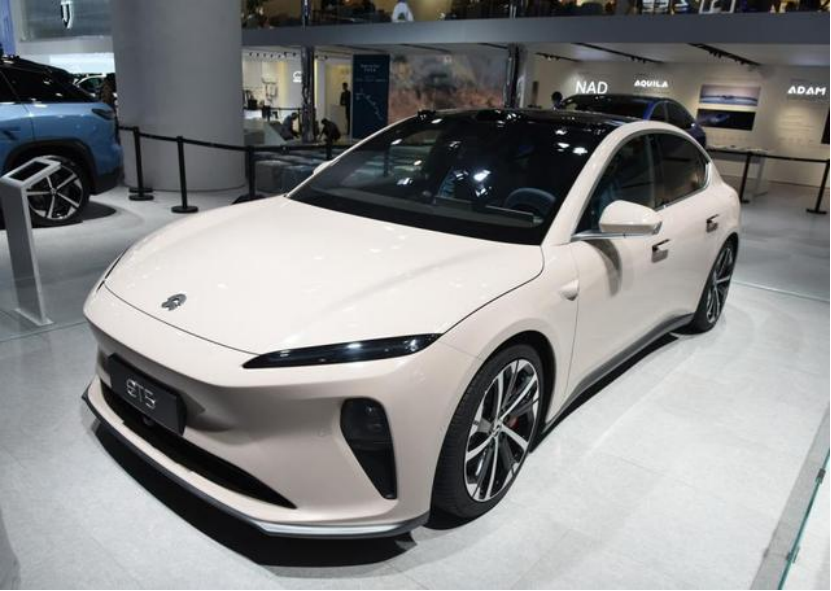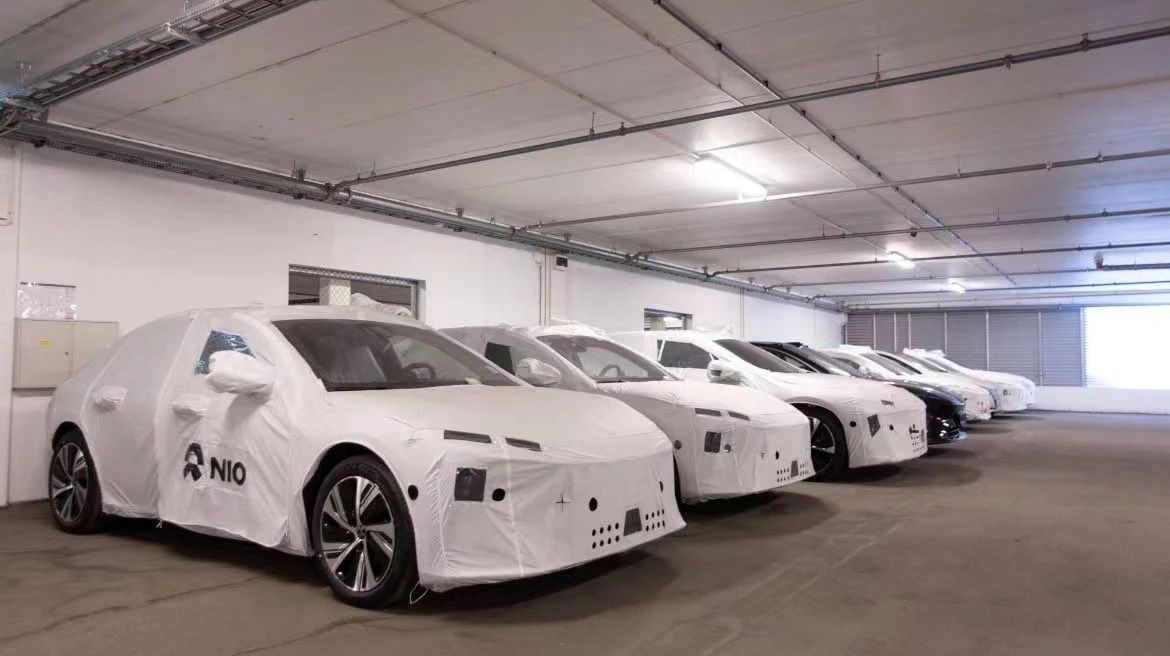Author: Zhang Ruichen
Editor: Pan Tan
In recent years, China has developed rapidly in the new energy industry, and has become the world’s largest producer of new energy vehicles from import to export, which is what many new energy vehicle companies are striving to achieve.
Among them, NIO, a new force in new energy vehicles, is accelerating its process of going global. NIO has adopted a subscription model in four European countries, Germany, Sweden, the Netherlands, and Denmark. In the first two months of 2023, the overseas registration volume was 17 and 40, respectively. Although the performance of going global is bleak, NIO’s investment in overseas markets has increased.
Recently, NIO’s ET5 is expected to start delivery in Europe this month, and the first batch of new cars has already arrived in Norway. In addition, on February 7th, NIO announced that it had joined the European Horizon program with 26 partners and had obtained special funds for in-depth research and development of hybrid energy storage systems in the field of electric travel services.
Why did NIO choose Norway as its main battlefield in the Nordic region?
Firstly, the penetration rate of electric vehicles in the Nordic countries is relatively high, with Norway ranking first with a penetration rate of more than 80%, showing great market prospects.
Secondly, Norway has low tariffs, especially for the sale of electric vehicles. There is no need to pay tariffs or value-added taxes, which will help NIO’s revenue greatly.
Lastly, although the regulatory standards for electric vehicles in Norway are not as strict as those of the European Union, Norwegian consumers want to measure their electric vehicles through EU standards. Only a few car companies, such as Mercedes-Benz and NIO, can meet the five-star collision standards of the EU, so NIO has great market competitiveness in Norway.
Therefore, the Nordic countries have become the best entry point for Chinese new energy vehicle companies to layout overseas markets. They can first open up the market for domestic new energy vehicles in the Nordic countries, and then gradually expand to neighboring countries, achieving true “going global” from import to export.
ET5 is NIO’s second sedan model after its flagship model ET7 and its fifth mass-produced model. It began to be delivered to Chinese consumers in September 2022, and then started to expand to overseas markets, entering the German, Dutch, Swedish, and Danish markets.
 In the Chinese passenger car market, NIO ET5 has achieved monthly sales of 221 units, 1,030 units, 2,968 units, 7,594 units, 5,795 units, and 6,471 units respectively in the six months since its self-delivery, with a total of 24,079 units delivered. NIO’s sales in China have reached a total of 71,593 units from September of last year to present, of which ET5 accounts for more than one third. It is the best-selling model in NIO’s history and has the highest sales proportion after expanding its product line, making it an important breakthrough for NIO to expand into overseas markets.
In the Chinese passenger car market, NIO ET5 has achieved monthly sales of 221 units, 1,030 units, 2,968 units, 7,594 units, 5,795 units, and 6,471 units respectively in the six months since its self-delivery, with a total of 24,079 units delivered. NIO’s sales in China have reached a total of 71,593 units from September of last year to present, of which ET5 accounts for more than one third. It is the best-selling model in NIO’s history and has the highest sales proportion after expanding its product line, making it an important breakthrough for NIO to expand into overseas markets.
NIO’s ET5 is a medium-sized pure electric sports sedan. Currently there are two models available: 75 kWh and 100 kWh, priced at 328,000 yuan and 386,000 yuan respectively. After applying the battery rental scheme, the price becomes 258,000 yuan, with a battery monthly fee ranging from 980 to 1,480 yuan.
In terms of range, the CLTC model equipped with a 75 kWh battery pack has a comprehensive range of 560 km, while the long-range CLTC model equipped with a 100 kWh battery pack has a comprehensive range of 710 km. In addition, NIO has also revealed that it will launch a 150 kWh version of the ET5 with ultra-long range capability, with a range exceeding 1,000 km.
Let’s take a look at the price of NIO ET5 in the Norwegian market. If the entire car is purchased, the standard range version with a 75 kWh battery pack is priced at 508,900 Norwegian kroner (approximately 333,000 yuan). The long-range version with a 100 kWh battery pack is priced at 578,900 Norwegian kroner (approximately 379,000 yuan). If NIO’s battery rental service Baas is selected, the standard-range version with a 75 kWh battery pack is priced at 409,000 Norwegian kroner (approximately 267,000 yuan), while the long-range version with a 100 kWh battery pack is priced at 418,900 Norwegian kroner (approximately 274,000 yuan). It is clear that the price of NIO ET5 in Norway is slightly higher than that in China.According to reports, as of March 10th, NIO has accumulated registration of 1368 new cars in the Norwegian market, with the largest sales contribution being the NIO ES8. Meanwhile, in January, NIO also provided a new OTA update to ES8 users in Norway to improve the defrosting mode of this model.

Currently, NIO has set up 11 battery swapping stations overseas, and the fourth station in the Norwegian market has just been officially put into operation. Although the overall construction speed of overseas battery swapping stations is significantly slower than that in China, NIO plans to achieve the construction of 1000 overseas battery swapping stations by 2025. The main battlefield is expected to be in Europe, mainly in countries such as Germany, Sweden, Netherlands, and Denmark. In addition, NIO plans to expand its products to 25 countries and regions worldwide by then, including the United States, Japan, Australia, and the United Arab Emirates.
With the operation of NIO’s fourth battery swapping station in the Norwegian market and the official delivery stage of the ET5, is it possible for NIO ET5 to take off in sales in March?
This article is a translation by ChatGPT of a Chinese report from 42HOW. If you have any questions about it, please email bd@42how.com.
